Disclaimer: This blog post contains affiliate links. If you make a purchase through these links, I may earn a small commission at no additional cost to you. Learn More. Thank you for supporting our garden community.
Nasturtium Flowers: The Colorful and Flavorful Garden Must-Have
If you’re looking for a gorgeous, easy-to-grow flower that adds a pop of colour and flavour to your garden, look no further than the humble nasturtium flowers. These delightful flowers come in a variety of shades, from bold oranges and yellows to soft pinks and creamy whites, even varieties with variegated leaves, and they’re easy to grow from seed. But nasturtiums aren’t just pretty flowers – they have some incredible benefits for your garden and your kitchen.
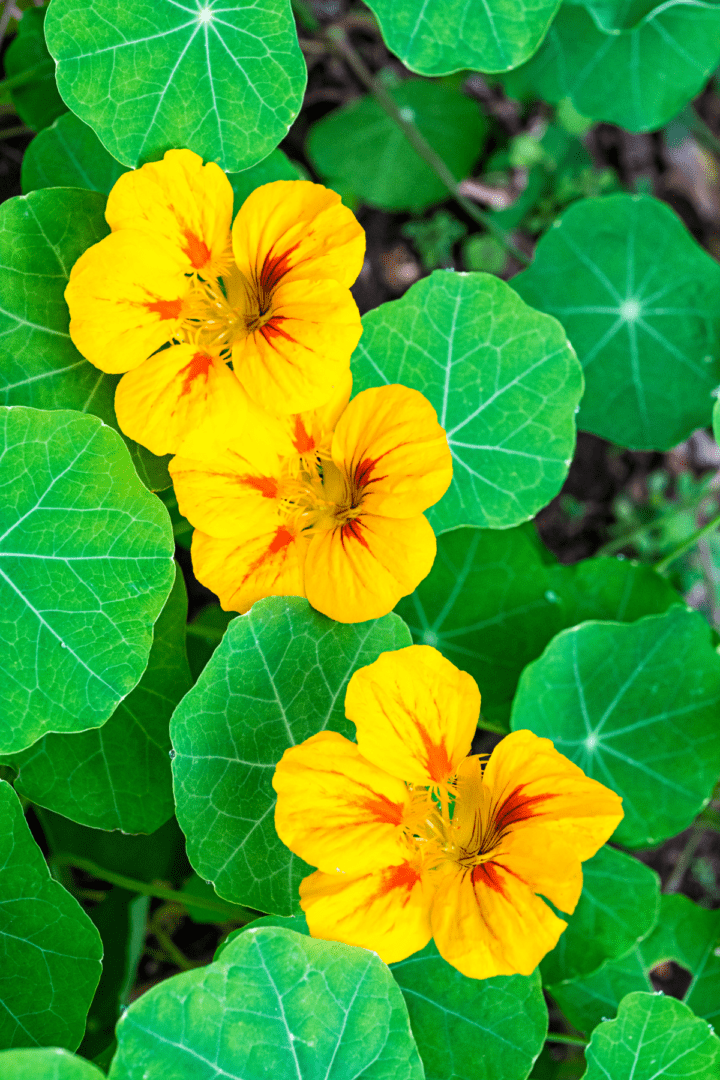
Nasturtiums are a must-have flower in your garden, not only for their beauty, but also for their benefits. Read along to learn more.
Nasturtium Flowers: The Colorful and Flavourful Garden Must-Have
You will learn about the benefits of growing nasturtium flowers in your gardens. You will discover how to grow and care for these annuals, which attract pollinators and help deter garden pests.
Additionally, we will discover the culinary uses of nasturtiums, such as adding them to salads or using their flowers to garnish appetizers or desserts. Finally, this post provides information on the benefits of using nasturtiums as a trap crop, and how they can improve soil health and make great additions to your compost.
Growing and Caring for Nasturtium Flowers
Nasturtiums are annuals (perennial in their native range) that love sunny locations with well-draining soil; you can add perlite to your soil to increase drainage. They’re overall easy to care for and easy to grow from seed, which can be sown directly into the soil in the spring after the last frost date.
The seeds should be sown about an inch deep and 12 inches apart, and the soil should be kept moist until the seeds germinate in about 10-14 days. Nasturtiums do particularly well in 7 gallon grow bags.
Once the plants have sprouted, water them deeply, and deadhead the flowers regularly to encourage more blooms. Nasturtiums don’t need much fertilizer – in fact, too much fertilizer can cause the plants to produce more leaves than flowers. The most common growth habit for nasturtiums is trailing – they are great for breaking raised bed borders.
If you notice aphids, which can be a common pest for nasturtiums, kill them with a strong spray of insecticidal soap.
Nasturtiums as a Trap Crop
Nasturtiums have an additional benefit for your garden – they make great trap crops. A trap crop is a plant that you grow to attract pests away from your other plants. Nasturtiums are particularly effective at attracting aphids and whiteflies, which can damage your other plants.
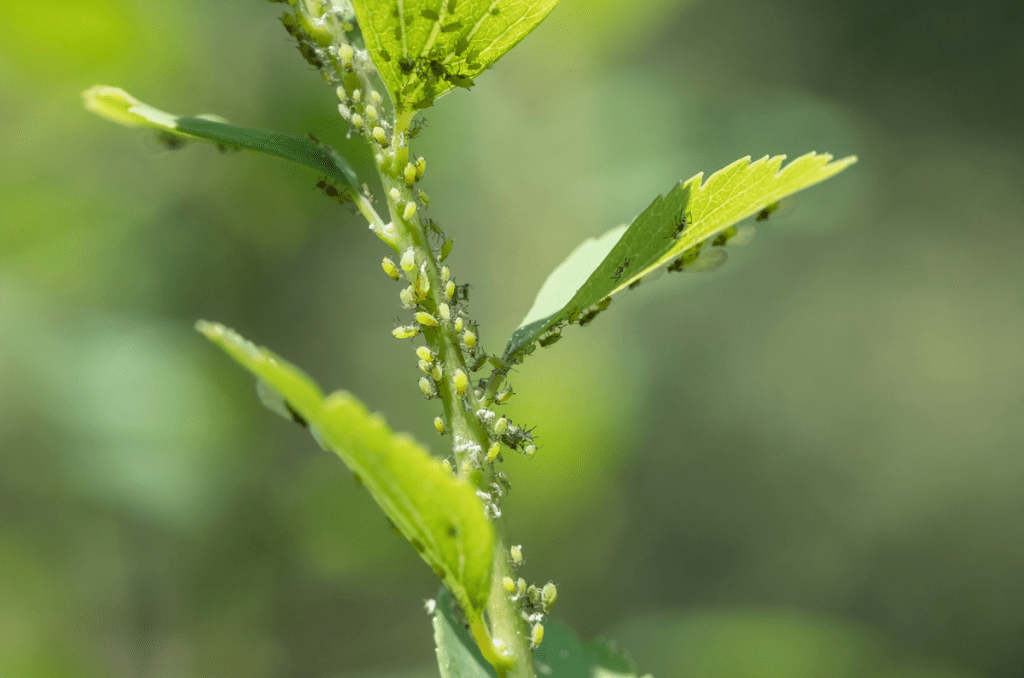
By planting nasturtiums near your vegetables or herbs, you can lure these pests away from your other plants and protect them (mostly) from damage.
Benefits of Nasturtiums
Nasturtiums are more than just pretty flowers – they’re also great for your garden. Here are some of the benefits of growing nasturtiums:
- They attract pollinators: Nasturtiums attract bees and other pollinators, which are essential for the health of your garden.
- They deter pests: As mentioned before, nasturtiums can lure pests away from your other plants. They also deter cabbage moths and other pests that can damage your vegetables.
- They improve soil health: Nasturtiums have deep roots that break up compacted soil and improve soil health.
- They’re great for composting: When the season ends, nasturtiums make great additions to the compost pile.
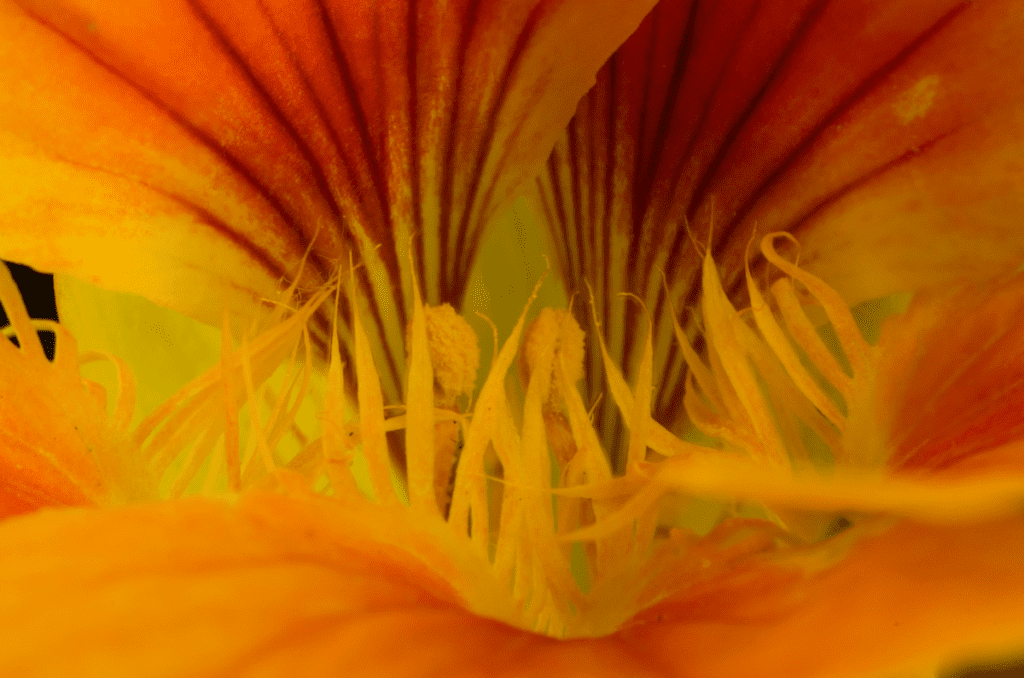
Culinary Uses For Nasturtium Flowers
Nasturtiums are even more than pretty flowers and beneficial garden plants – they’re also edible and can add some zing to your dishes. Here are some fun ways to use nasturtiums in your cooking:
- Add the leaves and flowers to salads for a peppery kick.
- Use the flowers to garnish appetizers or desserts for a pop of colour.
- Stuff the flowers with a soft cheese, dip in batter, and fry until golden brown.
- Pickle the unripe seeds for a tasty treat that tastes like capers.
- Use the flowers to make a colourful and flavourful nasturtium vinegar by steeping them in white wine vinegar for a week or two.
I, personally, do not like the flavour of nasturtium leaves or seeds. To me, they taste like gasoline (not that I would know what gasoline tastes like 🤨), but don’t let that deter you from being creative and trying new things.
Frequently Asked Questions
Nasturtiums grow best in full sun and in less-than-ideal soil. Soil that is too rich can cause nasturtiums to produce more leaves than flowers.
Every above-ground part of the nasturtium is edible, including the flowers! They can be used as a garnish on salads and soups, or for anything else that needs a peppery kick.
Deadheading nasturtiums can promote more flower production as well as conserve energy for growth, instead of seed production.
Nasturtiums are prolific bloomers and will continue to flower throughout the summer and into fall with proper care.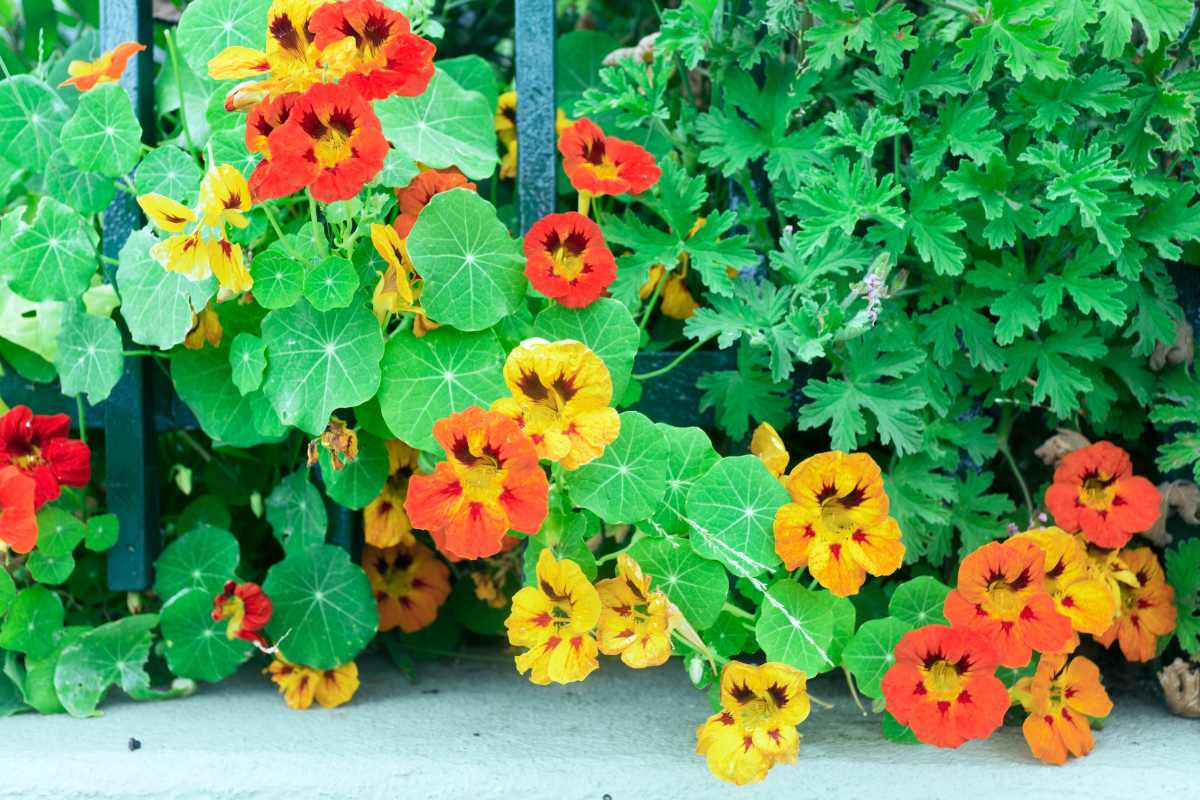
Products:
For organic, non-GMO garden seeds, check out SeedsNow.
For gardening equipment, check out Bootstrap Farmer.
For organic all-purpose fertilizers, check out Arber.
Conclusion
Nasturtiums are more than flowers – they’re easy to grow, great for your garden, and delicious too. As a trap crop, they help entice pests away from your other plants, while their deep roots and ability to improve soil health make them an asset to any garden.
Whether you’re adding them to your favourite recipes or admiring their beauty in your garden, nasturtiums are a must-have for any gardener. So go ahead and plant some nasturtiums – your garden and your taste buds will thank you!
If you want to learn more about gardening, foraging, nature, and sustainability, check out The Real Gardener on Instagram, YouTube, and Pinterest.
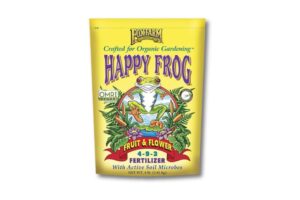
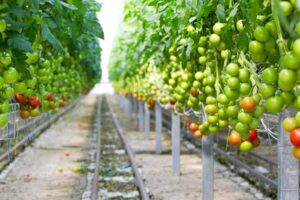
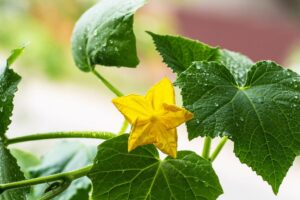
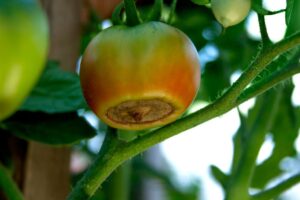
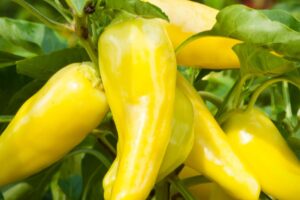
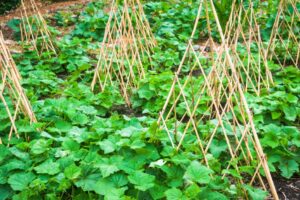

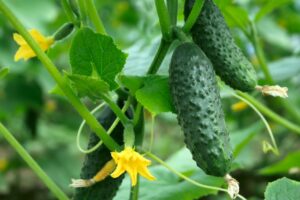
Leave a Reply